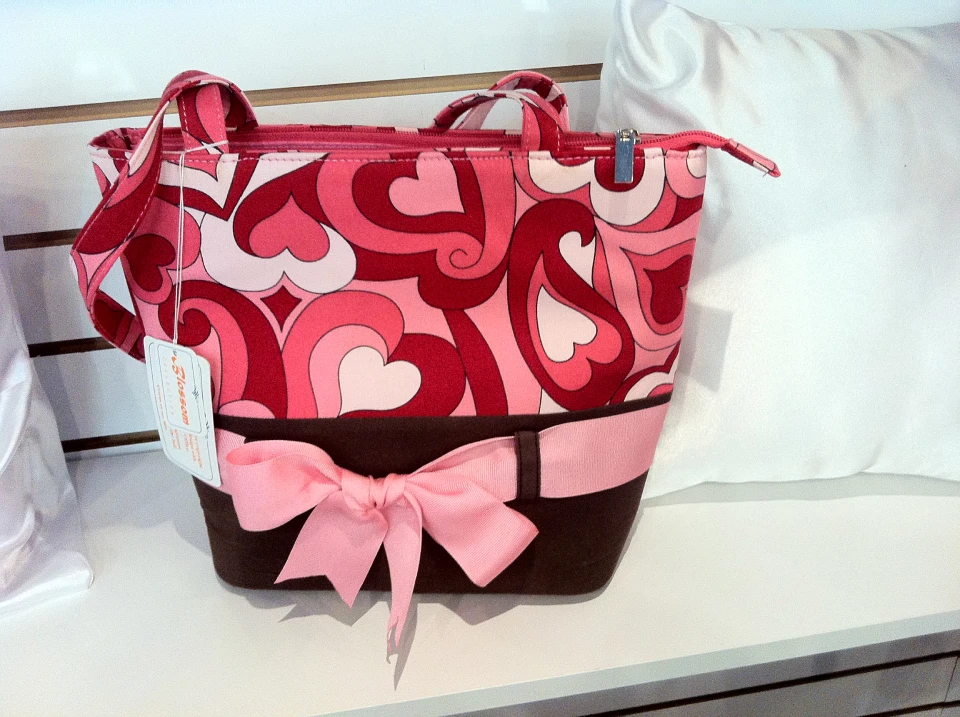Professional Screen Printing Solutions for T-Shirts, Aprons, and More
The Art of Custom Needlework: Opening the Secrets to Creating Unique and Unforgettable Designs
Needlework, a craft soaked in tradition and virtuosity, holds within its complex stitches the power to change textile into a canvas of special expression. The tricks to producing custom embroidery designs that mesmerize the eye and leave a lasting impression depend on a delicate balance of technique, imagination, and attention to detail. As we look into the world of customized embroidery, we uncover the nuanced interaction in between thread option, stitch intricacy, and design customization that boosts a simple garment to a masterpiece. Join us on a journey with the art of custom embroidery as we untangle the secrets behind crafting truly memorable and distinctive creations.
Picking the Right Embroidery Threads
When selecting needlework strings, what vital elements should you take into consideration to make sure the very best results for your custom styles? The selection of needlework thread is vital in establishing the final result of your stitched layout. Among the primary considerations is the material of the string. Different materials such as cotton, polyester, rayon, and silk use varying degrees of shine, durability, and appearance. It is important to pick a string product that complements the fabric you are embroidering on and straightens with the desired appearance of the design.
Thicker threads can include dimension and texture to your layout, while finer strings are excellent for intricate information and little text. Furthermore, taking into consideration the color fastness and washability of the string is essential to make certain that your custom-made designs preserve their top quality and vibrancy over time.
Checking Out Various Stitch Strategies
To look into the world of 'Checking out Various Stitch Methods', one have to grasp the ins and outs and nuances that each stitching technique gives the art of needlework. Different stitch methods not just include aesthetic interest however additionally add to the overall appearance and measurement of the layout. One preferred stitch technique is the satin stitch, which entails carefully jam-packed parallel stitches to develop a smooth and shiny surface area, suitable for completing forms and producing vibrant describes.
On the other hand, the backstitch is a versatile technique typically made use of for outlining and adding fine details. It involves sewing backward to develop a strong line of embroidery. Furthermore, the French knot stitch includes a responsive aspect to layouts, best for producing distinctive accents like blossom centers or ornamental touches.
Discovering different stitch techniques enables embroiderers to have fun with light, shadow, and depth within their styles, boosting the aesthetic appeal and artistic top quality of their embroidery projects. By grasping various stitching approaches, one can unlock countless possibilities for creating distinct and remarkable custom-made needlework items.
Incorporating Personalized Style Components
Having discovered the ins and outs of various stitch techniques such as the satin stitch, backstitch, and French knot, the emphasis currently shifts towards including individualized design aspects in custom embroidery projects. Individualized style elements play a crucial function in making needlework jobs absolutely distinct and remarkable.
An additional means to include personalized layout components is by including symbols or concepts that hold special definition to the recipient or reflect their rate of interests and character. Incorporating a favored flower, animal, or Learn More Here hobby-related sign can make the needlework layout a lot more significant and personalized. Furthermore, picking shades that resonate with the recipient or align with the designated theme can even more boost the customization of the embroidery job.
Mastering the Art of Shade Sychronisation
One secret aspect of color sychronisation is understanding shade theory. This includes knowing just how various shades connect with each view website other, the feelings they convey, and how they can be integrated to develop aesthetically attractive designs. By applying shade concept principles, embroiderers can develop harmonious shade schemes that boost the total appearance of the design.
Furthermore, taking note of contrast is vital in shade sychronisation. Using contrasting colors can aid certain elements of the layout pop, boost readability, and produce a visually vibrant embroidery item. By understanding the art of shade coordination, embroiderers can elevate their designs and develop remarkable pieces that reverberate with clients and audiences alike.
Enhancing Texture With Advanced Needlework Stitches

French knots, for instance, are best for including little, increased dots to your layout, simulating the appearance of grains or developing a textured surface. Bullion knots, on saville row tailor the other hand, can be made use of to produce twisted, ropelike aspects that include a lavish feel to the needlework. Seed sewing includes small, scattered stitches that can complete locations with a speckled appearance, while turkey work develops fluffy, dimensional accents similar to pet fur or foliage. Explore these innovative needlework stitches permits you to push the boundaries of standard embroidery and create truly special and aesthetically attractive appearances in your designs.
Final Thought
In conclusion, the art of custom-made embroidery includes a mix of choosing the right threads, checking out numerous stitch techniques, incorporating personalized style components, mastering shade coordination, and boosting structure with advanced stitches. By understanding and applying these crucial components, embroiderers can create one-of-a-kind and memorable designs that showcase their creativity and skill. Embroidery lovers can open the keys to creating lovely and bespoke items that stand out and leave a long-term perception.